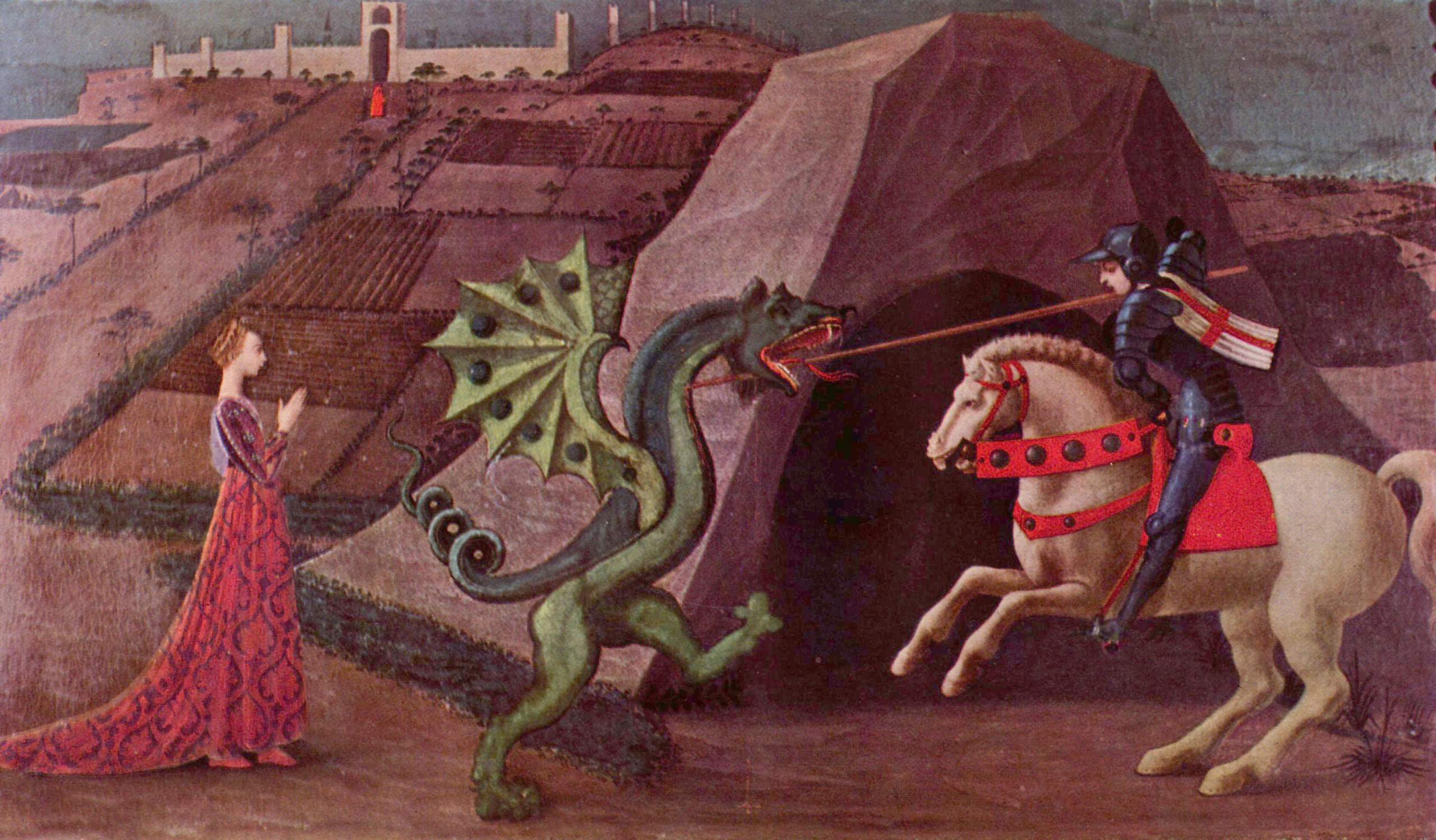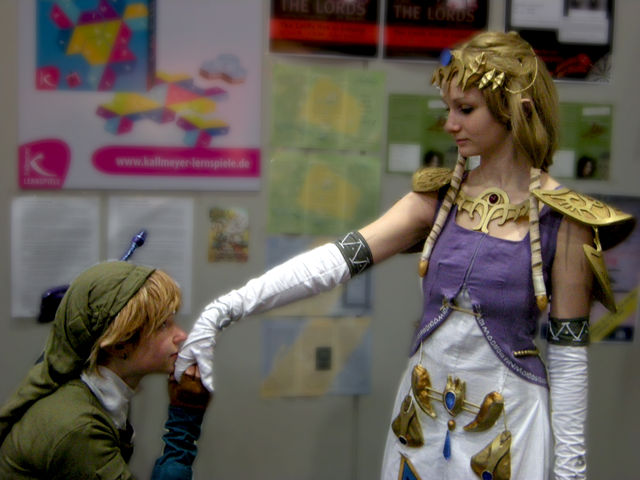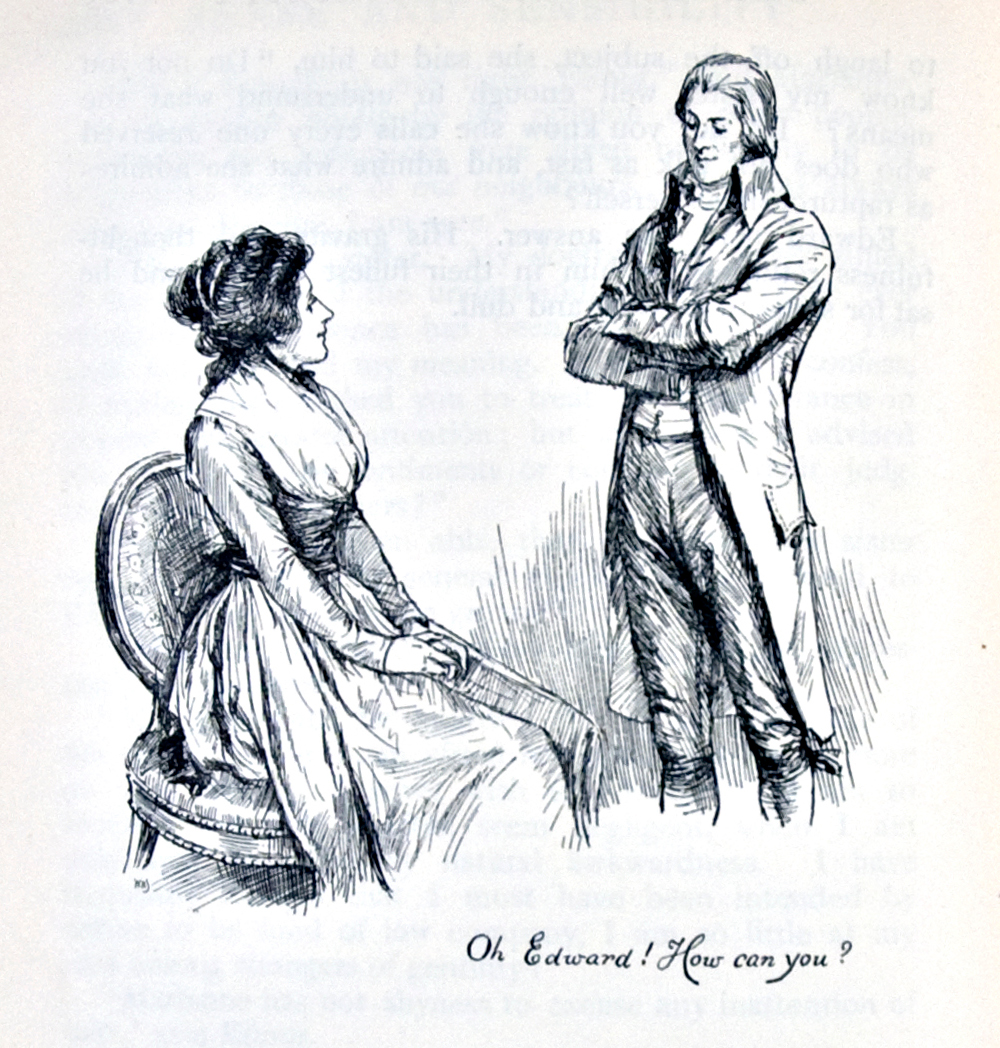|
Gender In Speculative Fiction
Gender has been an important theme explored in speculative fiction. The genres that make up speculative fiction, science fiction, fantasy, supernatural fiction, horror, superhero fiction, science fantasy and related genres (utopian and dystopian fiction), have always offered the opportunity for writers to explore social conventions, including gender, gender roles, and beliefs about gender. Like all literary forms, the science fiction genre reflects the popular perceptions of the eras in which individual creators were writing; and those creators' responses to gender stereotypes and gender roles. Many writers have chosen to write with little or no questioning of gender roles, instead effectively reflecting their own cultural gender roles onto their fictional world. However, many other writers have chosen to use science fiction and non-realistic formats in order to explore cultural conventions, particularly gender roles. This article discusses works that have explored or expanded ... [...More Info...] [...Related Items...] OR: [Wikipedia] [Google] [Baidu] |
Gender
Gender is the range of social, psychological, cultural, and behavioral aspects of being a man (or boy), woman (or girl), or third gender. Although gender often corresponds to sex, a transgender person may identify with a gender other than their sex assigned at birth. Most cultures use a gender binary, in which gender is divided into two categories, and people are considered part of one or the other;Kevin L. Nadal, ''The Sage Encyclopedia of Psychology and Gender'' (2017, ), p. 401: "Most cultures currently construct their societies based on the understanding of gender binary—the two gender categorizations (male and female). Such societies divide their population based on biological sex assigned to individuals at birth to begin the process of gender socialization." those who are outside these groups may fall under the umbrella term '' non-binary''. Some societies have ''third genders'' (and ''fourth genders'', etc.) such as the hijras of South Asia and two-spirit per ... [...More Info...] [...Related Items...] OR: [Wikipedia] [Google] [Baidu] |
Extraterrestrial Life
Extraterrestrial life, or alien life (colloquially, aliens), is life that originates from another world rather than on Earth. No extraterrestrial life has yet been scientifically conclusively detected. Such life might range from simple forms such as prokaryotes to Extraterrestrial intelligence, intelligent beings, possibly bringing forth civilizations that might be Kardashev scale, far more, or far less, advanced than humans. The Drake equation speculates about the existence of sapient life elsewhere in the universe. The science of extraterrestrial life is known as astrobiology. Speculation about the possibility of inhabited worlds beyond Earth dates back to antiquity. Early Christianity, Christian writers discussed the idea of a "plurality of worlds" as proposed by earlier thinkers such as Democritus; Augustine of Hippo, Augustine references Epicurus's idea of innumerable worlds "throughout the boundless immensity of space" in ''The City of God''. Pre-modern writers typicall ... [...More Info...] [...Related Items...] OR: [Wikipedia] [Google] [Baidu] |
Femininity
Femininity (also called womanliness) is a set of attributes, behaviors, and Gender roles, roles generally associated with women and girls. Femininity can be understood as Social construction of gender, socially constructed, and there is also some evidence that some behaviors considered feminine are influenced by both cultural factors and biological factors. To what extent femininity is biologically or socially influenced is subject to debate. It is Sex and gender distinction, conceptually distinct from both the Female, female biological sex and from womanhood, as all humans can exhibit feminine and masculine traits, regardless of sex and gender. Traits traditionally cited as feminine include gracefulness, gentleness, empathy, humility, and Sensitivity (human), sensitivity, though traits associated with femininity vary across societies and individuals, and are influenced by a variety of social and cultural factors. Overview and history Despite the terms ''femininity'' and '' ... [...More Info...] [...Related Items...] OR: [Wikipedia] [Google] [Baidu] |
Hero
A hero (feminine: heroine) is a real person or fictional character who, in the face of danger, combats adversity through feats of ingenuity, courage, or Physical strength, strength. The original hero type of classical epics did such things for the sake of glory (honor), glory and honor. post-classical history, Post-classical and modern history, modern heroes, on the other hand, perform great deeds or selfless acts for the common good instead of the classical goal of wealth, pride, and fame. The antonym of ''hero'' is ''villain''. Other terms associated with the concept of ''hero'' may include ''good guy'' or ''wikt:white hat, white hat''. In Classics, classical literature, the hero is the main or revered character in Epic poetry, heroic epic poetry celebrated through ancient legends of a people, often striving for military conquest and living by a continually flawed personal honor code. The definition of a hero has changed throughout time. Webster's Dictionary, Merriam We ... [...More Info...] [...Related Items...] OR: [Wikipedia] [Google] [Baidu] |
Gender Representation In Video Games
The portrayal of gender in video games, as in other media, is a subject of research in gender studies Gender studies is an interdisciplinary academic field devoted to analysing gender identity and gendered representation. Gender studies originated in the field of women's studies, concerning women, feminism, gender, and politics. The field n ... and is discussed in the context of sexism in video gaming. Although women make up about half of video game players, they are significantly underrepresented as characters in mainstream games, despite the prominence of iconic heroines such as Samus Aran or Lara Croft. Women in games often reflect traditional gender roles, sexual objectification, or stereotypes such as the "damsel in distress". Male characters are frequently depicted as big and muscular, and LGBT characters have been slow to appear due to the Cisnormativity, cis-heteronormativity of the medium. Research suggests that gender portrayal in games can influence players' ... [...More Info...] [...Related Items...] OR: [Wikipedia] [Google] [Baidu] |
Damsel In Distress
The damsel in distress is a narrative device in which one or more men must rescue a woman who has been kidnapped or placed in other peril. The "damsel" is often portrayed as beautiful, popular, and of high social status; she is usually depicted as a princess in works with fantasy or fairy tale settings. Kinship, love, lust or a combination of those motivate the male protagonist to initiate the narrative. Critics have linked the helplessness of these women to societal views that women as a group need to be taken care of by men and treated nicely. Throughout the history of the trope, the role of the woman as the victim in need of a male savior has remained constant, but her attackers have changed to suit the tastes and collective fears of the period: "monsters, mad scientists, Nazis, hippies, bikers, aliens..." Etymology The word "damsel" derives from the French '' demoiselle'', meaning "young lady", and the term "damsel in distress" in turn is a translation of the French '' ... [...More Info...] [...Related Items...] OR: [Wikipedia] [Google] [Baidu] |
Villainess
A villain (also known as a " black hat", "bad guy" or "baddy";The New Oxford Dictionary of English (1998) – p.126 "baddy (also baddie) noun (pl. -ies) ''informal'' a villain or criminal in a book, film, etc.". the feminine form is villainess) is a stock character, whether based on a historical narrative or one of literary fiction. '' Random House Unabridged Dictionary'' defines such a character as "a cruelly malicious person who is involved in or devoted to wickedness or crime; scoundrel; or a character in a play, novel, or the like, who constitutes an important evil agency in the plot". The antonym of a villain is a hero. The villain's structural purpose is to serve as the opposite to the hero character, and their motives or evil actions drive a plot along. In contrast to the hero, who is defined by feats of ingenuity and bravery and the pursuit of justice and the greater good, a villain is often defined by their acts of selfishness, evilness, arrogance, cruelty, and c ... [...More Info...] [...Related Items...] OR: [Wikipedia] [Google] [Baidu] |
Paolo Uccello 050
Paolo is a masculine given name, the Italian form of the name Paul. It may refer to: People Art * Paolo Abbate (1884–1973), Italian-American sculptor * Paolo Alboni (1671–1734), Italian painter * Paolo Antonio Barbieri (1603–1649), Italian painter * Paolo Buggiani (born 1933), Italian contemporary artist * Paolo Carosone (born 1941), Italian painter and sculptor * Paolo Moranda Cavazzola (1486–1522), Italian painter * Paolo Farinati (), Italian painter * Paolo Fiammingo (–1596), Flemish painter * Paolo Domenico Finoglia (–1645), Italian painter * Paolo Grilli (1857–1952), Italian sculptor and painter * Paolo de Matteis (1662–1728), Italian painter * Paolo Monaldi, Italian painter * Paolo Pagani (1655–1716), Italian painter * Paolo Persico (–1796), Italian sculptor * Paolo Pino (1534–1565), Italian painter * Paolo Gerolamo Piola (1666–1724), Italian painter * Paolo Porpora (1617–1673), Italian painter * Paolo Romano (died ), Italian sculptor * Paolo Sa ... [...More Info...] [...Related Items...] OR: [Wikipedia] [Google] [Baidu] |
The Encyclopedia Of Fantasy
''The Encyclopedia of Fantasy'' is a 1997 reference work covering fantasy fiction, edited by John Clute and John Grant (author), John Grant. As of November 2012, the full text of ''The Encyclopedia of Fantasy'' is available online, as a companion to the online edition of ''The Encyclopedia of Science Fiction''. Other than adding death dates, there are no plans to update the encyclopedia''.'' The book was well-received on publication, receiving the Hugo Award, World Fantasy Award, and Locus Award in 1998. Format and content The ''Encyclopedia'' was published in a format that matches the 1993 second edition of ''The Encyclopedia of Science Fiction''. It is slightly smaller in terms of content, containing 1,049 alphabetical pages, over 4,000 entries and approximately one million words, the bulk of which were written by Clute, Grant and Ashley. A later CD-ROM edition contains numerous revisions. The ''Encyclopedia'' uses a similar system of categorization to ''The Encyclopedia of ... [...More Info...] [...Related Items...] OR: [Wikipedia] [Google] [Baidu] |
John Grant (author)
Paul le Page Barnett (22 November 1949 – 3 February 2020), known by the pen name of John Grant, was a Scottish writer and editor of science fiction, fantasy, and non-fiction. Biography Born Paul le Page Barnett in Aberdeen, Scotland, Grant sometime wrote under his own name, as Eve Devereux, and under various other pseudonyms; he has also ghostwritten a number of books. The author of some 70 books in all (excluding ghostwritten books), he has published several original novels as well as one novel in the Judge Dredd series and, with Joe Dever, 11 novels and a novella collection in the ''Legends of Lone Wolf'' series; edited several anthologies, beginning with ''Aries 1'' (1979) and most recently ''New Writings in the Fantastic'' (2007); and has written dozens of nonfiction works, including several relating to fantasy and science fiction. His collaborators have included David Langford and, as illustrator, Bob Eggleton. With John Clute, he co-edited ''The Encyclopedia of Fan ... [...More Info...] [...Related Items...] OR: [Wikipedia] [Google] [Baidu] |
Romance Novel
A romance or romantic novel is a genre fiction novel that primarily focuses on the relationship and Romance (love), romantic love between two people, typically with an emotionally satisfying and optimistic ending. Authors who have contributed to the development of this genre include Maria Edgeworth, Samuel Richardson, Jane Austen, and Charlotte Brontë. Romance novels encompass various subgenres, such as fantasy, Contemporary romance, contemporary, historical romance, paranormal fiction, Sapphic literature, sapphic, and science fiction. They also contain tropes like enemies to lovers, second chance, and forced proximity. Women have traditionally been the primary readers of romance novels, but according to the Romance Writers of America, 18% of men read romance novels. The genre of works conventionally referred to as "romance novels" existed in ancient Greece. Other precursors can be found in the literary fiction of the 18th and 19th centuries, including Samuel Richardson's sen ... [...More Info...] [...Related Items...] OR: [Wikipedia] [Google] [Baidu] |







